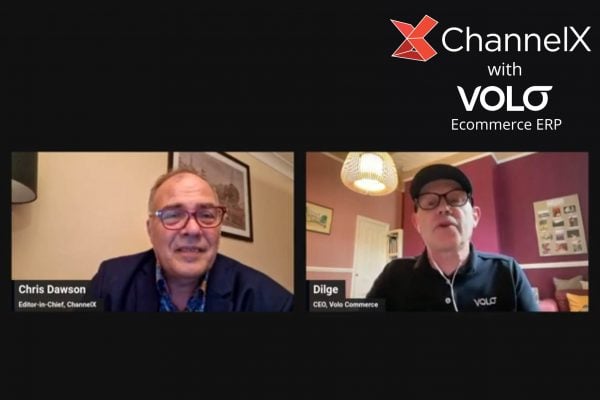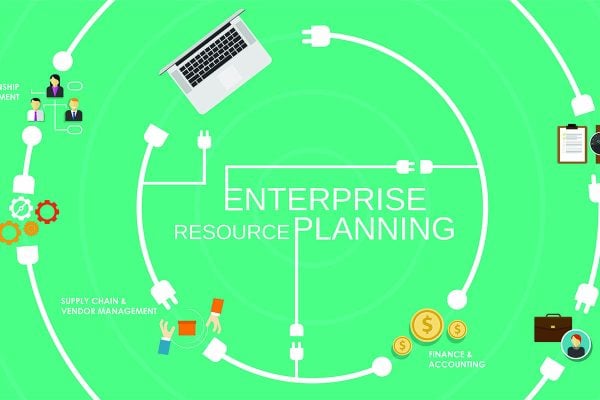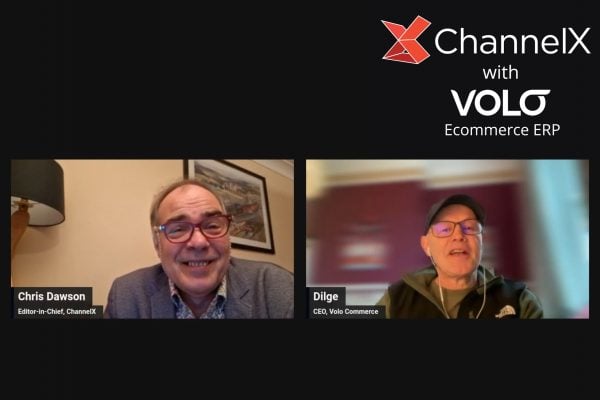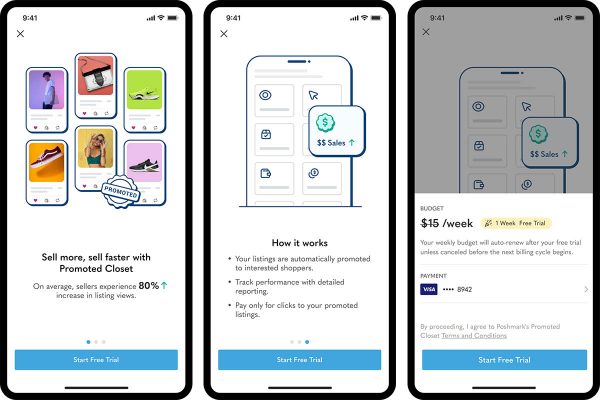Paul ‘Dilge’ Dilger, CEO of Ecommerce ERP provider Volo Commerce, outlines in a series of posts where you should go to answer the three biggest questions, starting today focusing on margin.
‘Analysis’ and ‘reporting’: two words almost guaranteed to glaze the eyes of many a business owner and send them scurrying for the back button. But wait! You need to replace them with three other words: profit, cash and growth.
More specifically, I think these are the three most important questions for your business:
- What margin are we making on each order?
- When and how much should we reorder of what for the best cash flow?
- How are we doing against plan?
Glamorous or not, analysis and reporting are the hum drum places you have to visit for success.
In this post I’m going to outline why it’s important to ask the first question and how we at Volo address it. I’ll take the other two questions later in the series.
Why is order margin analysis important?
Gross margin is the difference between the cost of goods sold (COGS) and the selling price. Here are seven reasons why understanding actual margins is important.
- Maximising your profits. By understanding order profitability you can optimise your product mix, pricing strategy and marketing to focus on higher-margin products
- Refining your pricing. In a dynamic trading environment you’ll benefit from data that helps you stay competitive yet also profitable.
- Controlling your costs. Knowing all the cost components of an order provides opportunity to negotiate confidently with suppliers and make your operations more effective.
- Managing your inventory. Too much, too little or no inventory is bad, but continually knowing the right levels of inventory you should keep across all your products is the financial key.
- Measuring performance. Tracking key metrics and data shows you where the market is moving and where is best to invest.
- Securing advantage. Analysing order margins gives you the power to offer unique product bundles and develop stand-out features or add-ons.
- Planning your future: armed with your historical order margin history, you can better anticipate opportunities to grow or bumps in the road.
It’s easy to say that understanding profitability is important, but how do you do it down to the level of detail you need, such as on each specific order? The key point is this: your overall margin might appear healthy but sometimes you need to look deeper as it could be that some orders are actually losing you money, meaning you’re having to work harder elsewhere.
A lot of companies have an end-of-the-month slog, importing and collating information, doing lots of calculations, when it’s too late to influence the period in question. At Volo, we help our customers tackle this with a series of automated reports, some configurable, that they can use for analysis and action.
With Volo Vision, our reporting and analysis suite, we automatically bring in all your channel and order fees and allow you to set up rules so that Vision can compute your ‘per order’ courier fees, for example. There’s a dozen reports in the Margin Analysis section of Vision, so rather than detailing them all, it’s more useful to give an insight into how the typical Volo customer might run their business using Vision.
- Start with the Margin Breakdown report, which gives you your sales net of tax, your margin after order/fulfilment costs, and your margin percentage, across channels, suppliers, countries and products, for any time period you specify
- Go to the Margin Performance report, to see how the margin is tracking over time. How are you trending? How are all your different fees trending over time? Keep your finger on the pulse every day
- Go to the Order Margin detail. Everyone has the occasional negative margin order. Here you can see all costs related to specific orders, line-by-line, for the chosen time period
- Finish with the Net Margin report, which layers on another level of costs, all the operational non-fulfilment costs like fixed overheads, utilities, staff refreshments, as many as you like, to get to your true net profit before tax
Why should you believe all this? Because the biggest users of Vision are our most successful customers.
In conclusion, if you’re not close to your margin data, or it’s not your core competence, I advise you to find someone for whom it is. Your wallet, your accountant and your staff will thank you.
Contact Volo for an open discussion.









